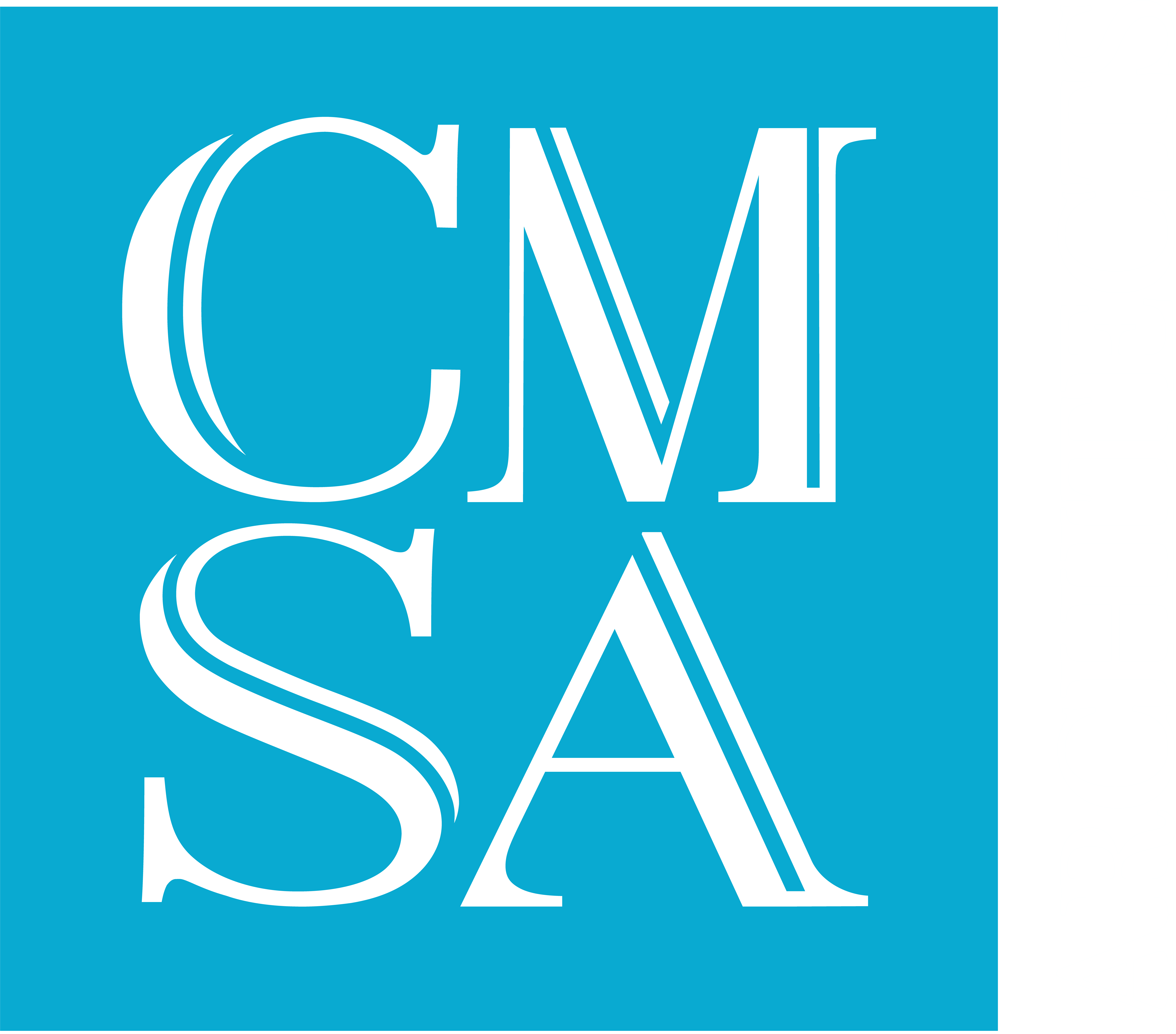Blending Tradition and Modernity in Country Club Design
Blending Tradition and Modernity in Country Club Design
The Gulf Coast has many country clubs that have long been sanctuaries for leisure, recreation, and socialization. Traditionally, their architecture has reflected a rich tapestry of historical styles, evoking a sense of heritage and timelessness. However, as time goes by, a reevaluation of these spaces is necessary, requiring a country club design that appeals to contemporary sensibilities while honoring the past.
Designing to reflect both the club’s heritage and members’ evolving desires will enhance the overall member experience, ensuring that the club remains relevant and inviting for both longstanding members and newcomers.
The Art of Country Club Design
Historically, country clubs were designed in grand styles, featuring ornate details and classic materials like stone and wood. The environment conveyed prestige and exclusivity, frequently including large, stately clubhouses with sweeping verandas, intricate woodwork, and sprawling grounds. Country clubs represented an idyllic, sophisticated escape from everyday life.
However, there has been a notable shift in design preferences in recent years. Modern country club architecture tends to embrace minimalism, clean lines, and open spaces that reflect contemporary lifestyles. Functional and aesthetically pleasing clubhouses may utilize glass, steel, and sustainable materials to align with current architectural trends and foster a connection to the surrounding landscape.
Those looking to design a new country club can choose which style appeals to them and best represents their brand. However, when an established club seeks to rejuvenate and transform its current buildings and landscape, it necessitates the convergence of tradition and innovation.
Architectural Elements
The architectural design of a country club often draws inspiration from classical styles – you may visualize grand facades and ornate details that curate a sense of timeless elegance. Traditional elements, such as arched windows and gabled roofs, evoke sophistication, while natural materials, such as brick and stone, create a warm and familiar atmosphere. However, architects can breathe new life into these elements by integrating modern architectural techniques and materials. For instance, large glass windows and open spaces can invite natural light, connecting indoor and outdoor environments, and the use of sustainable materials respects the natural environment – making the club feel progressive.
Interior Design
Interior design is pivotal in combining tradition’s ethos and modernity’s nuance. Classic furnishings, such as leather chairs, mahogany tables, and rich textiles, can coexist with minimalist decor and contemporary art installations. This juxtaposition creates a dialogue between past and present, appealing to the diverse tastes of the members. The subtle integration of modern amenities into the country club design ensures functionality and comfort without compromising beloved aesthetics. For example, automated lighting , sound systems, and access controls driven by smart technology elevate functionality without disrupting the visual flow of the club.
Landscaping and Outdoor Spaces
The grounds of a country club are just as important as its buildings. Traditional landscaping often features manicured lawns, flower beds, and ornamental trees, evoking a sense of history and elegance. However, modern outdoor design can introduce native plants, sustainable gardens, and recreational spaces that promote environmental stewardship and biodiversity. Designing multifunctional outdoor areas, such as flexible patios for events or outdoor kitchens, allows members to engage with nature. Such spaces can host traditional gatherings while accommodating contemporary leisure activities, like yoga classes or casual meet-ups.
Blending tradition and modernity in country club design is an art that requires careful consideration and creativity. When done well, it encourages a sense of belonging among members of all generations, allowing the country club to remain vibrant, inclusive, and relevant in a changing world.
CMSA Architects has been instrumental in designing some of the Sarasota area’s most exclusive clubs, including The Oaks, Laurel Oak, and the Heritage Golf Club at TPC Prestancia. Click here to review our professional portfolio.
You Might Also Like
Form, Function and Structure in Ancient and Modern Architecture
When we talk about Architecture, especially contemporary or mid-century architecture, the shapes and forms, the aesthetic, stunning, timeless, and clean appearance, are among the most important aspects of the building we want to create [...]
The Relationship Between a Building, the Environment, and the Occupants Inside
For as long as humans have roamed this Earth, they have developed shelters to protect themselves from the elements. These shelters later developed into homes, and over time people discovered techniques to not only make [...]
A Drafter’s Perspective: Experiencing Homebuilding for the First Time
Architecture is an exercise in precision, vision, and problem-solving. Every home begins as an idea—an intricate composition of structure, proportion, and materiality. As architects, we shape these ideas into reality, meticulously detailing each element to [...]
Art Underfoot: The Role of Flooring in High-End Residential Design
Architecture is a discipline of intention—every line, every material selection, and every spatial arrangement contributes to the larger narrative of a home. While walls and ceilings shape volume and light, the foundation of a space—the [...]
The Elegance of Minimalist Design in Modern Homes
Luxury residential architecture is at its best when design is intentional, refined, and deeply connected to the way people live. Minimalism presents a compelling approach—one that emphasizes clarity, proportion, and a seamless flow of space. [...]



